The convergence of QR codes and blockchain technology is unlocking a myriad of innovative applications across various industries. These technologies, when combined, offer unprecedented opportunities for transparency, security, and efficiency.
Let’s delve into how QR codes are being utilized in conjunction with blockchain to revolutionize processes such as cryptocurrency storage, supply chain tracking, document authentication, and decentralized voting.
As digital currencies gain traction, cryptocurrency enthusiasts are increasingly turning to QR codes as a convenient and secure method for storing their digital assets. Wallets that support cryptocurrencies often make QR code representing wallet addresses, which can be easily scanned by mobile devices for seamless transactions.
QR codes provide a user-friendly interface for transferring funds while maintaining the cryptographic security inherent in blockchain technology.
Additionally, QR codes can be used for cold storage solutions, where private keys are securely stored offline, further enhancing security against hacking attempts.
Contents
QR Codes for Cryptocurrency Storage
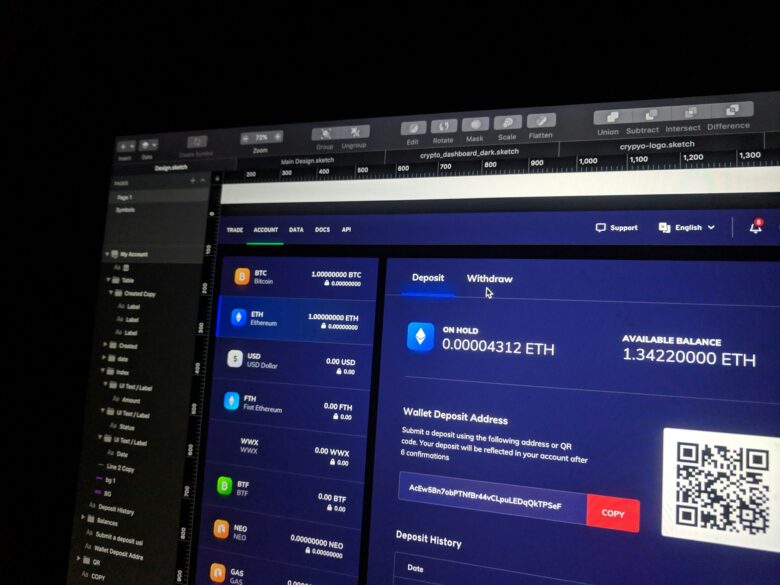
Source: unsplash.com
QR codes have emerged as indispensable tools for simplifying and securing digital asset management. With the rise of blockchain technology, QR codes play a pivotal role in enhancing the convenience, security, and user experience of cryptocurrency transactions. Let’s explore three key benefits of using QR codes in cryptocurrency transactions:
- Convenient wallet integration ─ Cryptocurrency wallets generate QR codes representing wallet addresses for easy scanning and seamless transactions.
- Enhanced security features ─ QR codes facilitate cold storage solutions, where private keys are securely stored offline, minimizing the risk of hacking attempts.
- User-friendly interface ─ QR codes provide a simple and intuitive interface for cryptocurrency transactions, making them accessible to users of all levels of technical expertise.
The transparency and immutability of blockchain technology make it ideal for tracking the origin and journey of goods throughout the supply chain. QR codes can be affixed to products or packaging, allowing consumers to access detailed information about the product’s provenance, manufacturing process, and journey from source to shelf.
By scanning the QR code with a smartphone, consumers can verify the authenticity of products, ensure ethical sourcing practices, and trace any potential issues back to their origin. This level of transparency not only builds trust between consumers and brands but also helps combat counterfeiting and fraud in the marketplace.
QR Codes for Supply Chain Tracking
Source: brother.com.au
QR codes play a vital role in supply chain tracking, offering solutions for product provenance verification, ethical sourcing assurance, and counterfeit prevention. With QR codes, consumers can easily access comprehensive information about a product’s origin, manufacturing process, and journey through the supply chain.
They can also verify ethical sourcing practices and ensure product authenticity by scanning QR codes. Moreover, QR codes help combat counterfeiting and fraud by providing transparency and traceability throughout the supply chain.
Beyond supply chain management, QR codes are also revolutionizing document management and authentication. They provide a robust solution for ensuring the integrity and authenticity of digital documents. QR codes can embed cryptographic hashes or digital signatures, securely linking documents to the blockchain. This creates a tamper-proof record of the document’s creation and modification history.
When scanned, QR codes can instantly verify the authenticity of documents, offering stakeholders assurance that the information is accurate and unaltered. This technology finds applications across industries such as legal, healthcare, and government, where document integrity is of utmost importance.
QR Codes for Decentralized Voting Systems
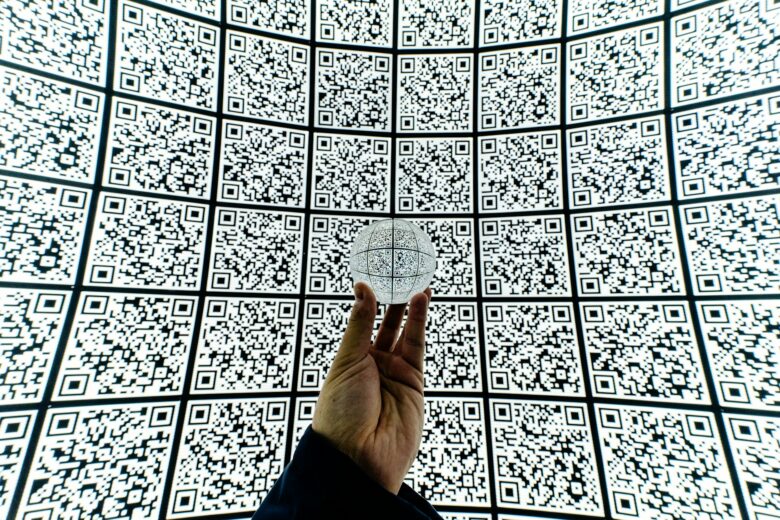
Source: unsplash.com
Decentralized voting systems have the potential to greatly enhance electoral transparency and security, and QR codes are playing a crucial role in this evolution. By utilizing blockchain’s decentralized nature, QR codes can be used to create secure, anonymous voting mechanisms that are resistant to tampering.
Voters can receive QR codes that represent their voting credentials, which they can scan to cast their votes via a blockchain-enabled platform. This process not only simplifies the voting experience but also ensures that each vote is encrypted and recorded on the blockchain, making the results easily verifiable and permanently accessible.
Enhancing Consumer Engagement with QR and Blockchain
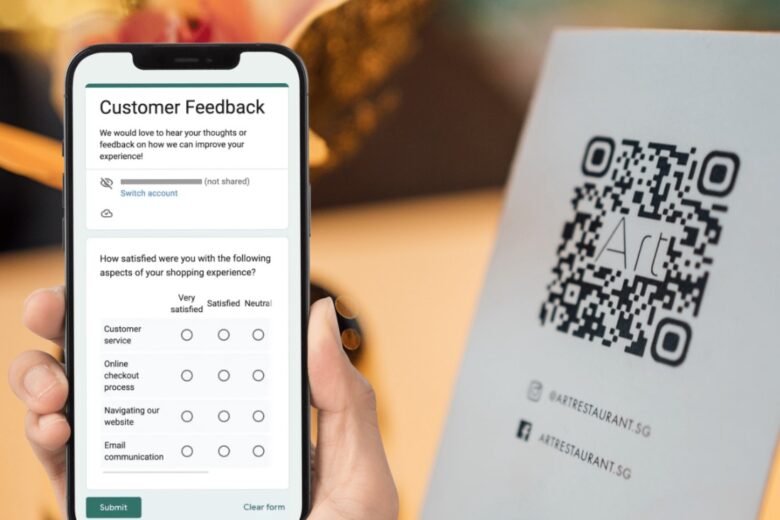
Source: uniqode.com
Blockchain-enabled QR codes are revolutionizing customer engagement by providing a more interactive and informative shopping experience. Brands can embed QR codes on their products or advertisements that, when scanned, link to a blockchain ledger containing detailed product information, promotional deals, or loyalty reward programs.
This not only fosters greater transparency regarding product sourcing and authenticity but also allows consumers to interact directly with brands. Such engagement can lead to increased trust and loyalty, as consumers appreciate the transparency and personalized experiences enabled by these technologies.
Streamlining Real Estate Transactions with QR Codes and Blockchain
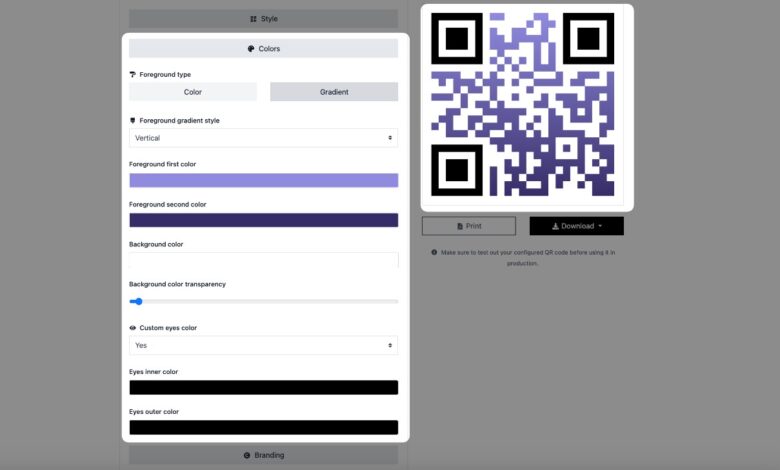
Source: qrcodedynamic.com
The real estate industry stands to benefit significantly from the integration of QR codes and blockchain technology. QR codes can be used in real estate signs, brochures, or online listings to give potential buyers quick access to detailed property records, legal documents, and histories stored securely on the blockchain.
By scanning a QR code, prospective buyers can view a property’s entire transaction history, verify legal ownership, and even see verified appraisals or inspections. This streamlined access to comprehensive and tamper-proof information can expedite the buying process and increase transparency in real estate transactions.
QR Codes for Document Authentication
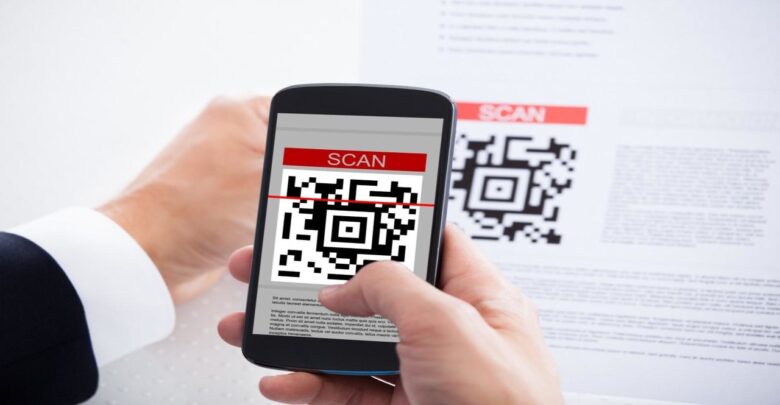
Source: linkedin.com
Ensuring the authenticity and integrity of documents is paramount across various industries. QR codes have emerged as a powerful tool for document authentication, offering robust solutions to address these concerns:
- Blockchain-linked documents ─ QR codes embed cryptographic hashes or digital signatures into documents, securely linking them to the blockchain for tamper-proof authentication.
- Real-time verification ─ Scanning QR codes enables stakeholders to verify the authenticity of documents in real-time, ensuring their integrity and accuracy.
- Applications across industries ─ Document authentication via QR codes finds applications in legal, healthcare, and government sectors, where data integrity is critical.
With the ability to securely link documents to the blockchain and provide real-time verification, QR codes are transforming the way documents are authenticated across various sectors, offering peace of mind to stakeholders and ensuring the integrity of sensitive information.
QR codes are no longer just squares on a page. When combined with blockchain technology, they unlock a future brimming with secure and transparent interactions.
This powerful duo promises to disrupt and innovate across diverse sectors. Imagine a future where transactions, both traditional and cryptocurrency-based, become more secure with a simple scan of a customized QR code. This QR code and blockchain revolution promises a future built on trust and security. By leveraging cutting-edge technology, organizations can shape a more secure and transparent landscape for everyone.
